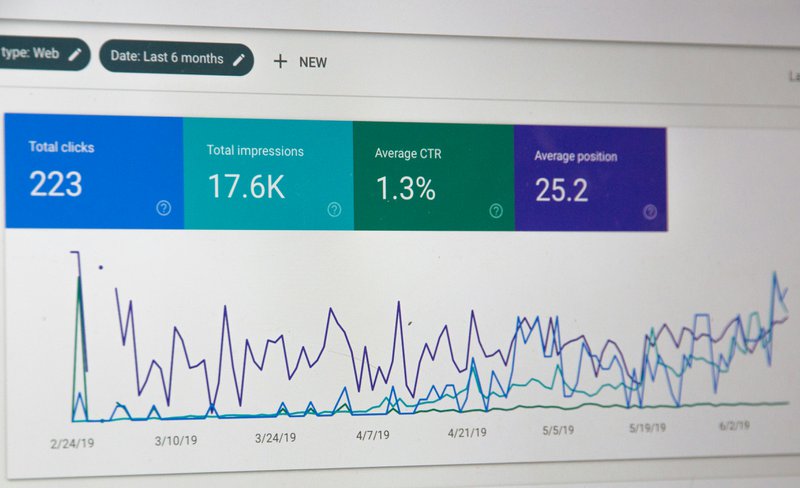Transforming your hotel’s booking engine into a powerful sales tool doesn’t require a massive budget or a squad of programmers. The secret lies in optimising user experience (UX) to make every visitor’s path from browsing to booking as seamless, transparent, and satisfying as possible.
The best part? You only need a handful of smart tweaks to your online booking engine can quickly show results. Here’s how you can take control.
Why UX (User Experience) matters more than you think
People want things simple, quick, and trustworthy. If they hit a wall—maybe a slow page, a confusing form, or hidden fees—they’re gone in seconds. And when guests leave, that’s bookings lost and money left on the table.
UX stands for user experience. It’s all about how easy (or complicated) it feels to move through your booking engine for hotel website, from first click to confirmed stay. And every bounce is a potential guest lost.
Here are the essentials:
- People want the experience to be simple, fast, and trustworthy; particularly on their phones, because that’s where most bookings happen nowadays.
- A smoother experience means fewer people leaving halfway through, and more confirmed bookings.
- The top hotel websites turn over 3% of visitors into bookers. Most hover around 2%. That difference is pure revenue.
- Streamlining steps in your IBE (internet booking engine) can drop booking abandonment by as much as 30%.

The most common UX mistakes in hotel booking engines
Do any of these sound familiar?
- Slow to load (guests don’t wait around)
- Jumbled design (where do I click?)
- Not mobile-friendly (tiny text, impossible buttons)
- Outdated info and old images
- Annoying pop-ups or upsells at the wrong time
- Hidden fees (nothing kills trust faster)
These most frequent UX mistakes in hotel booking engines directly lead to lost bookings and frustrated guests, often sending them to online travel agencies instead. The good news is that there are many simple and fast ways your team can reduce booking friction.
Quick and easy UX fixes that work
Want to get your booking engine firing on all cylinders? Focus on these simple tweaks:
Clear, simple flow
Guide guests through the booking journey with clear instructions and logical steps. Make it obvious what comes next, keep each step focused, and remove anything that might distract or confuse. The goal: a smooth, confidence-building path from search to confirmation.
Big, bold calls-to-action
“Book now” should shout, not whisper. Your main button should be big, clear, and always in sight—on every page of your direct booking engine. Your main call-to-action has to stand out. Big, bold, easy to tap, every step of the way.
Mobile-first
This matters most. Your booking engine needs to look perfect on a smartphone: big tap zones, fast loads, and so simple even tired travellers can breeze through. More than half of your guests will use their phones. Make sure your engine feels easy and fast on small screens. Think big buttons, quick load times, autofill, and one-click payments.
Show progress
Tell guests exactly where they are with a progress bar or simple message. “Step 2 of 3—Almost There!” Reassurance goes a long way.
Real-time room & price updates
Everything your guest sees—room types, prices—should be current and accurate. Show how many rooms are left. No surprises. If only a few rooms remain, say so. No hidden fees—just upfront trust.
Zero distractions at checkout
No pop-ups, no last-minute sign-ups, no cross-sells in the very final step of booking. It’s all about feeling secure, clear, and ready to commit. At checkout, keep it clean. Just easy, safe payment.
Trust, front and centre
Show your payment logos, SSL badge, and guest reviews. Reassure every step of the way. Trust builds bookings. Display security badges, payment logos, and guest reviews throughout. Trust means bookings.

Quick self-check: how does your booking engine hold up?
To get a clearer picture of your booking engine’s effectiveness, take a few moments to run through this straightforward audit. Each point touches on a critical factor that influences whether visitors smoothly complete their reservations or abandon the process out of frustration.
- Does your site load fast on desktop AND mobile?
- Can you book a room in 3–4 clicks without getting lost or confused?
- Are CTAs big, clear, and easy to tap?
- Are your photos sharp and your info current?
- Are prices upfront and accurate?
- Are trust markers like SSL badges and reviews visible?
If you can’t confidently answer “yes” to every single one of these questions, it’s a clear sign that your booking engine and overall website experience could benefit from some easy, yet thoughtful hotel website optimisation. Addressing these areas not only improves the user experience but also directly impacts your booking conversion rates and revenue.
FAQs
How important is mobile optimisation for hotel bookings?
Definitely. More than half of bookings happen on phones. It’s where your guests are.
What is the average hotel website conversion rate?
Most hotels get around 2-3%. Great UX can push you to 3% or more—and that extra 1% is powerful money.
Your booking engine, your way
Stop guessing about what brings in more bookings. Every change you make—big or small—puts you closer to more bookings, happier guests, and stronger profits. The easier and more reliable your booking experience feels, the more guests will choose to book directly with you, putting more money in your pocket instead of paying out extra commission.
You don’t need to overhaul your entire website to see results. Just pick one thing to improve today—like updating your best rate guarantee message, making room details easier to read, or adding real-time availability. You’ll likely notice more direct bookings and less money lost to OTAs, sometimes within days. Ready for results?
Check out Hotelchamp’s Booking Engine—the tool designed to put you in control and help you get more direct bookings, easily.










.svg)

.svg)
